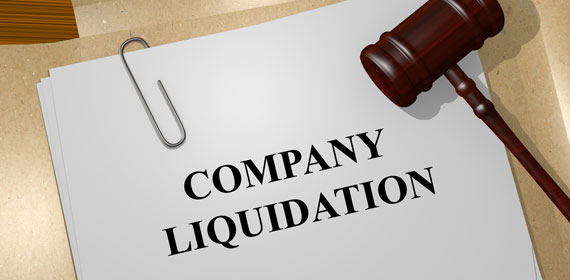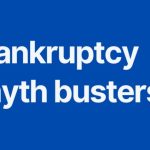Liquidations can be either voluntary or involuntary
Liquidations can be either voluntary or involuntary but in both cases the assets of a business are liquidated and converted into cash. A company that is liquidated means it can no longer trade as all its stock, equipment, property and other non-cash assets are sold.
Voluntary Liquidation or Involuntary Liquidation?
Our experts can assist in either case
The key differences

Voluntary Liquidations
A Voluntary Liquidation is instigated by the company’s director(s) and shareholder(s). There are two types, dependant on whether the business is insolvent or solvent.
Members Voluntary Liquidation (MVL)
A MVL applies if a company is solvent – or has sufficient assets to meet its liabilities. A MVL generally occurs when the director(s) and shareholder(s) decide that the company is no longer required and the assets should be converted into cash and distributed to the shareholder(s).
Creditors Voluntary Liquidation (CVL)
A CVL applies when a company is insolvent – that is, it does not have enough assets to meet its liabilities. In this case, the director(s) and shareholder(s) may appoint a liquidator to deal with the creditors’ claims. The Liquidator sells the company’s assets to pay the creditors.
Directors/shareholders should contact our liquidation experts

Involuntary Liquidations
Involuntary Liquidations commence with a Winding Up Order from either the Federal Court or Supreme Court of Western Australia and can be applied for by:
- A creditor
- A shareholder
- A director
- ASIC
There are two types of Involuntary Liquidations: Official (or Court) Liquidations (OL) and Provisional Liquidations (PL).
Official (or Court) Liquidation
An OL is usually instigated by a creditor. In Western Australia, the majority of OLs result from the Australian Taxation Office taking action to recover outstanding taxes.
Provisional Liquidation
A PL is an unusual and infrequent appointment that generally involves a dispute between director(s) or shareholder(s). An Order for a PL usually results when an application is made to the Court on the basis that the company’s assets are at risk.
The Order is generally obtained within one day of filing the application and a Provisional Liquidator is then appointed to safeguard the assets.
We have extensive experience working with creditors and liquidations
Corporate solutions for businesses experiencing financial distress
Corporate Insolvency
A company that cannot pay its debts when they are due is considered to be insolvent. There are several warning signs that a company may become insolvent…
Read moreReceivership
If a company is in financial difficulty, a receiver may be appointed to take control of some or all of its assets to ensure the payment of secured creditors…
Read moreLiquidations
When the assets of a business are liquidated, it means they are converted into cash. This situation spells the end for the business, as with stock, equipment…
Read moreDeed of Company Arrangement (DOCA)
A DOCA can help a company avoid liquidation and remain in business allowing it to continue with all or some of its usual business operations…
Read moreSmall Business Restructuring
As Small Business Restructuring Practitioners, our Registered Liquidators ensure you benefit from the insolvency reforms. WAIS Registered Liquidators have vast experience in restructuring small businesses…
Read moreVoluntary Administration (VA) Experts
Voluntary Administrations (VAs) allow insolvent companies to continue to operate, or, if this is not possible, they provide for a greater return to creditors than they would otherwise receive if the business was liquidated…
Read more

















